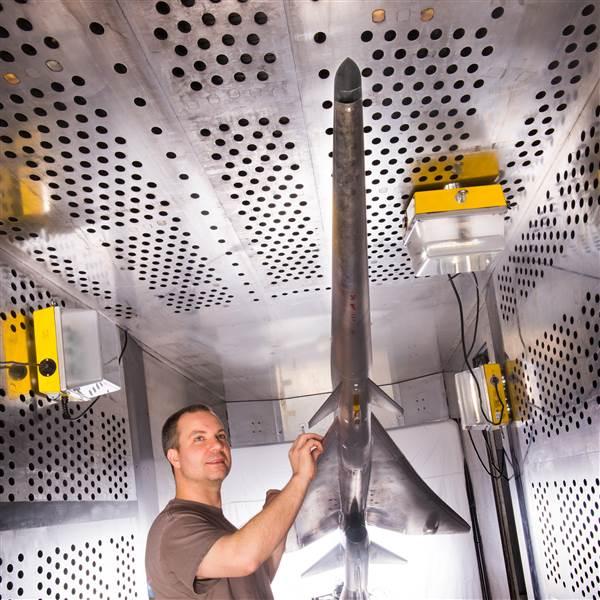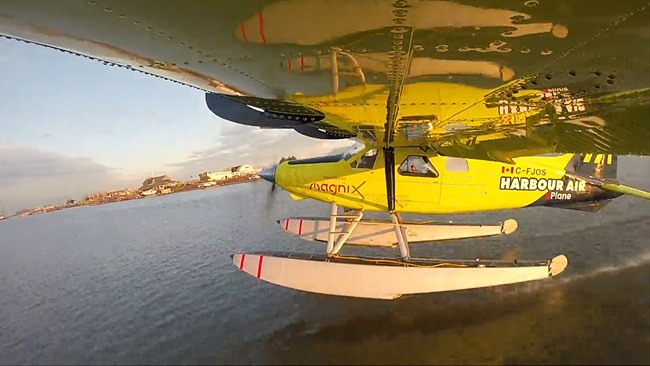Supersonic design in wind tunnel
The quest to return civilian aviators to supersonic speeds not seen since the Concorde retired in 2003 entered a new phase as wind tunnel tests began in Cleveland.
NASA and Lockheed Martin are collaborating on the Quiet Supersonic Technology program (QueSST), announcing Feb. 24 the completion of a scale model X-plane, and the commencement of high-speed wind tunnel tests at the NASA Glenn Research Center in Cleveland. NASA posted a YouTube video showing a time-lapse view of the lab during assembly of the test rig.
“We need to see how the design performs from just after takeoff, up to cruising at supersonic speed, back to the start of the landing approach,” said David Stark, facility manager at the Glenn center, in the NASA announcement. “The 8-by-6-foot supersonic wind tunnel allows us to test that sweet spot range of speeds all in one wind tunnel.”

The NASA-Lockheed effort is among several approaches to supersonic civilian transport now in various stages of progress, and maiden flights remain at least a few more years away. Making supersonic aircraft viable in the marketplace will require a combination of quiet-boom technology and corresponding regulatory change to allow overland flight by the new generation of aircraft. Being limited to over-water routes crippled Concorde in the marketplace, and goes a long way to explaining why the technology it introduced failed to take hold. Lockheed and NASA believe the QueSST design will be so quiet that ground observers might not notice a “boom” at all.
“Our unique aircraft design is shaped to separate the shocks and expansions associated with supersonic flight, dramatically reducing the aircraft’s loudness,” said Peter Iosifidis, QueSST program manager at Lockheed Martin Skunk Works, in the NASA news release. “Our design reduces the airplane’s noise signature to more of a ‘heartbeat’ instead of the traditional sonic boom that’s associated with current supersonic aircraft in flight today.”
NASA awarded the design contract to Lockheed in 2016, and wind tunnel tests of the resulting scale model are expected to conclude mid-year. Additional funding will be required to take the next step, the agency noted, which is a contract for the final design and construction of a demonstration aircraft. The low-boom demonstrator is one of several X-planes in development under the NASA New Aviation Horizons initiative, “which aims to reduce fuel use, emissions and noise through innovations in aircraft design that depart from the conventional tube-and-wing aircraft shape,” the NASA release stated. The QueSST will, funding permitting, make its first flight in 2020.




